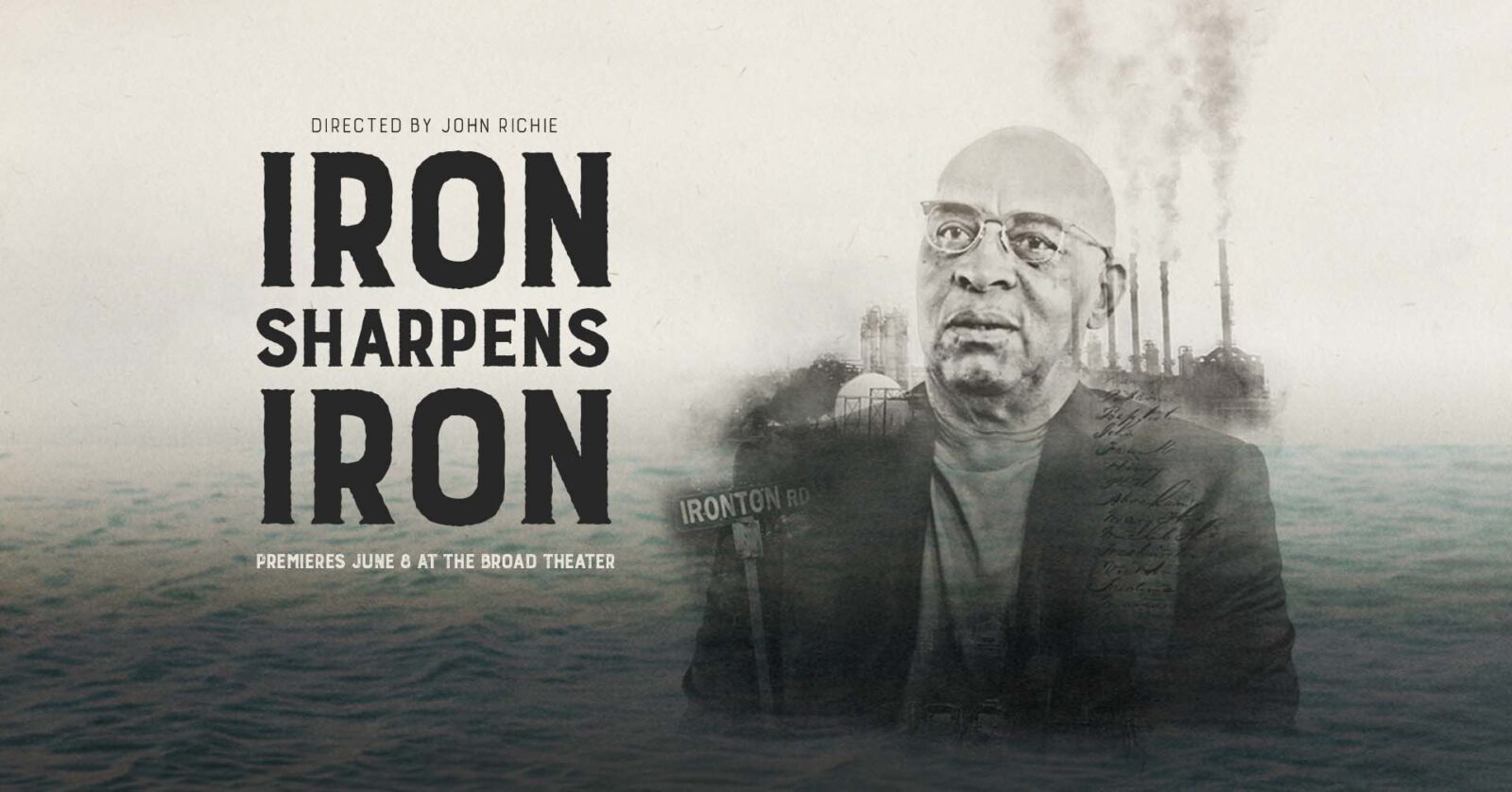Latest
Iron Sharpens Iron
In Plaquemines Parish, oil and water threaten the survival of a historically Black community
Published: May 24, 2022
Last Updated: December 23, 2022

"Iron Sharpens Iron", a new documentary directed by John Richie
Ironton, located in Plaquemines Parish on the right bank of the Mississippi River between Belle Chasse and Empire, traces its history back to emancipation, with many of the community’s founders having once been enslaved at nearby St. Rosalie Plantation. Their descendants have remained in the area, maintaining a community even when racial segregation, economic injustice, and their aftereffects denied them running water into the 1980s and left them outside the levee system that protects so many in southeast Louisiana. Ironton is the nearest settlement to the proposed Mid-Barataria Sediment Diversion, a coastal replenishment project that would allow silt-rich water from the Mississippi River to flow into areas of the delta that have seen land loss, enabling new land to develop from the sediment flowing in with the river water. The fresh river water would also encourage plant growth, anchoring the new terrain and providing a wetland buffer to protect the populations living along the river’s banks.
Ironton was also adjacent to the site chosen for the Plaquemines Liquids Terminal (PLT), a major infrastructure project undertaken by Tallgrass Energy and Drexel Hamilton Infrastructure in cooperation with the Plaquemines Port Harbor and Terminal District. The PLT, which would have facilitated the transportation of liquid petroleum products like oil and liquefied natural gas, would have stored up to 20 million barrels of liquid in a 200-acre facility. It would also have impinged on the Mid-Barataria Sediment Diversion, reducing its effectiveness, and limited access to a historic cemetery that served as a final resting place for many Ironton residents’ enslaved ancestors.
This complex web of industrial, historical, and natural interests was compelling enough, but in August 2021, Hurricane Ida savaged Ironton, sending twelve to fifteen feet of water into the town, knocking houses from their foundations, and smashing above-ground tombs in the community’s modern-day cemetery, pushing caskets into the streets. Because of poor levee protection and coastal land loss, Ironton fared worse than many other places in Plaquemines Parish. Its historically disadvantaged residents face a particularly steep climb to rebuild. Confronted with the storm’s aftermath on top of local resistance, Tallgrass scrapped the PLT project. Under other circumstances, this might have seemed like a good outcome for the people of Ironton; as it is, they now face what some may see as a new arrangement of the same old problems.
Filmmaker John Richie traveled to Ironton before and after Ida’s onslaught, recording local takes on the community’s history, the plans for the PLT, and the storm’s devastation. These residents, speaking for themselves, form the core of the project and show viewers both why people have chosen to stay in Ironton and the difficulties they face in remaining for another generation. Iron Sharpens Iron captures a Louisiana community at a pivotal moment in its history, one that nonetheless looks like much of its past: discounted and unaided, it endures.
Upcoming Screenings
No screenings are scheduled at this time.
Iron Sharpens Iron is part of the LEH initiative “Coastal Impacts: An Integrated Approach for Community Adaptation, Understanding and Planning,” which assists local communities in building intergenerational coastal literacy through community conversations around books, film, and exhibitions, fostering greater understanding of and support for coastal restoration projects.
